News
Short wall bracing for open plan living
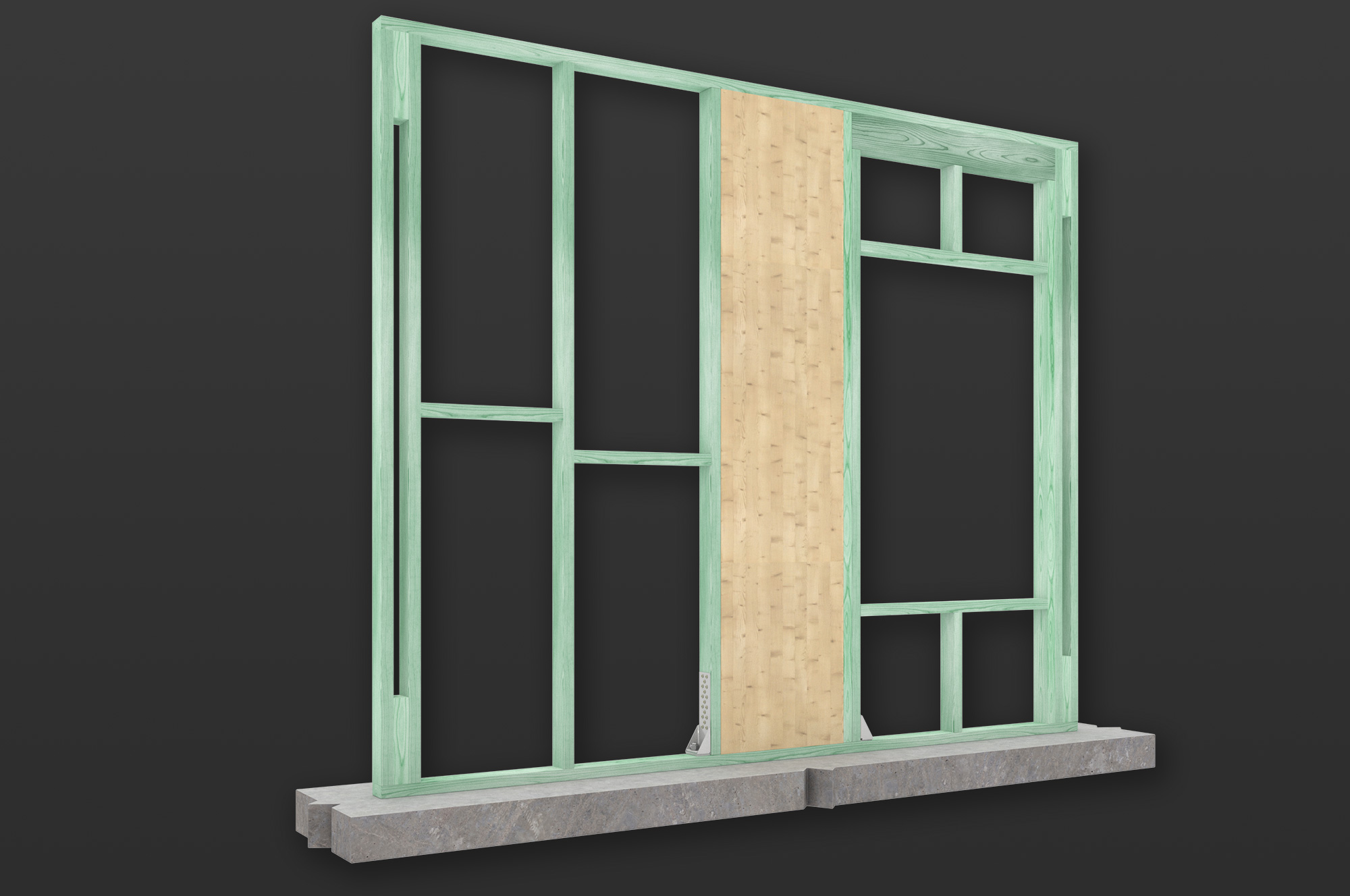
Short wall bracing for open plan living
Modern homes often feature open plan living areas with large window and door openings, which resulting in a minimal number of walls for bracing applications. Such design trend can make bring challenges to satisfy bracing requirements.
Figure 1 below illustrates a ground floor bracing plan of a double-storey house. Plywood has been applied to the bracing walls wherever feasible. However, this alone is still insufficient to achieve the bracing requirements. Consequently, it is necessary to maximise the utilisation of short wall, particularly the walls adjacent to large sliding doors and garage doors in this case.
To provide adequate bracing and evenly distributed bracing resistance across the entire floor plan, short wall bracing units frequently require higher bracing capacities compared to traditional plywood panels or other similar bracing panel methods.
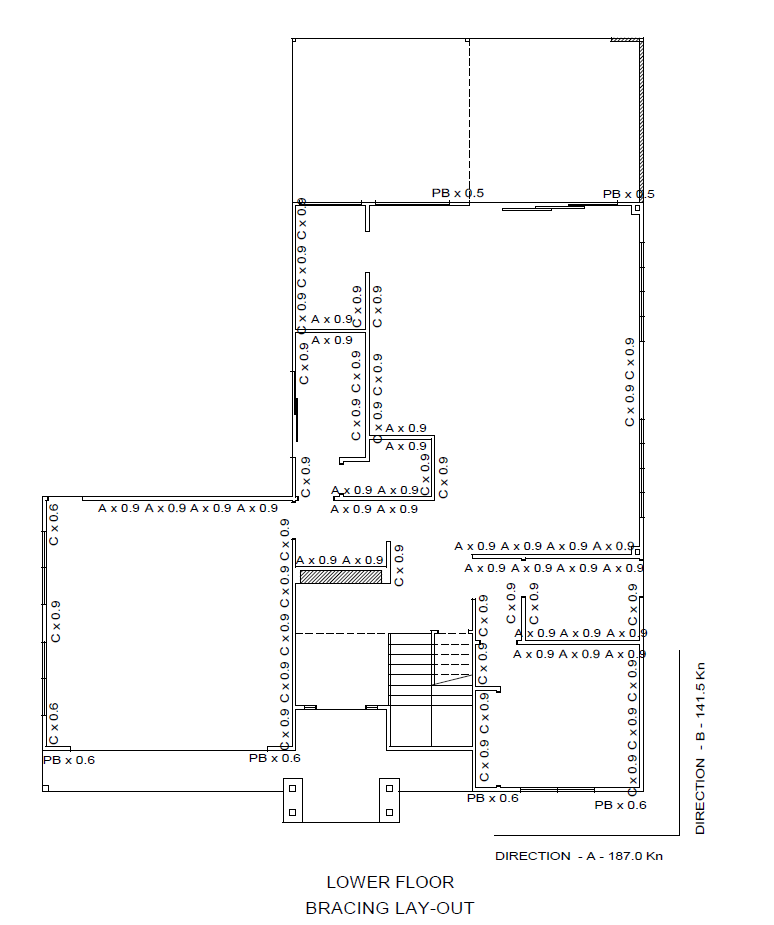 |
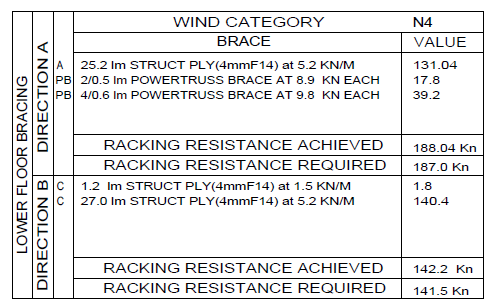 |
Figure 1: Example of a ground floor bracing plan.
Types of Short Wall Bracing Methods
Several short wall bracing methods with large bracing capacities are available and listed here:
Timber-web bracing truss method
This method is commonly adopted in North American lightweight timber frame construction across various building types. It is specially designed with nailplated timber web truss shape, which can be prefabricated by most of the truss and frame fabricators and supplied within with the other wall frame panels.
An example of a timber web bracing truss is shown in Figure 2. These bracing trusses can be utilized as stand alone or in parallel configurations. While they may offer less bracing values and less load-bearing capacities compared to solid glulam and steel vertical trusses of the same width, they are generally more cost-effective and lighter.
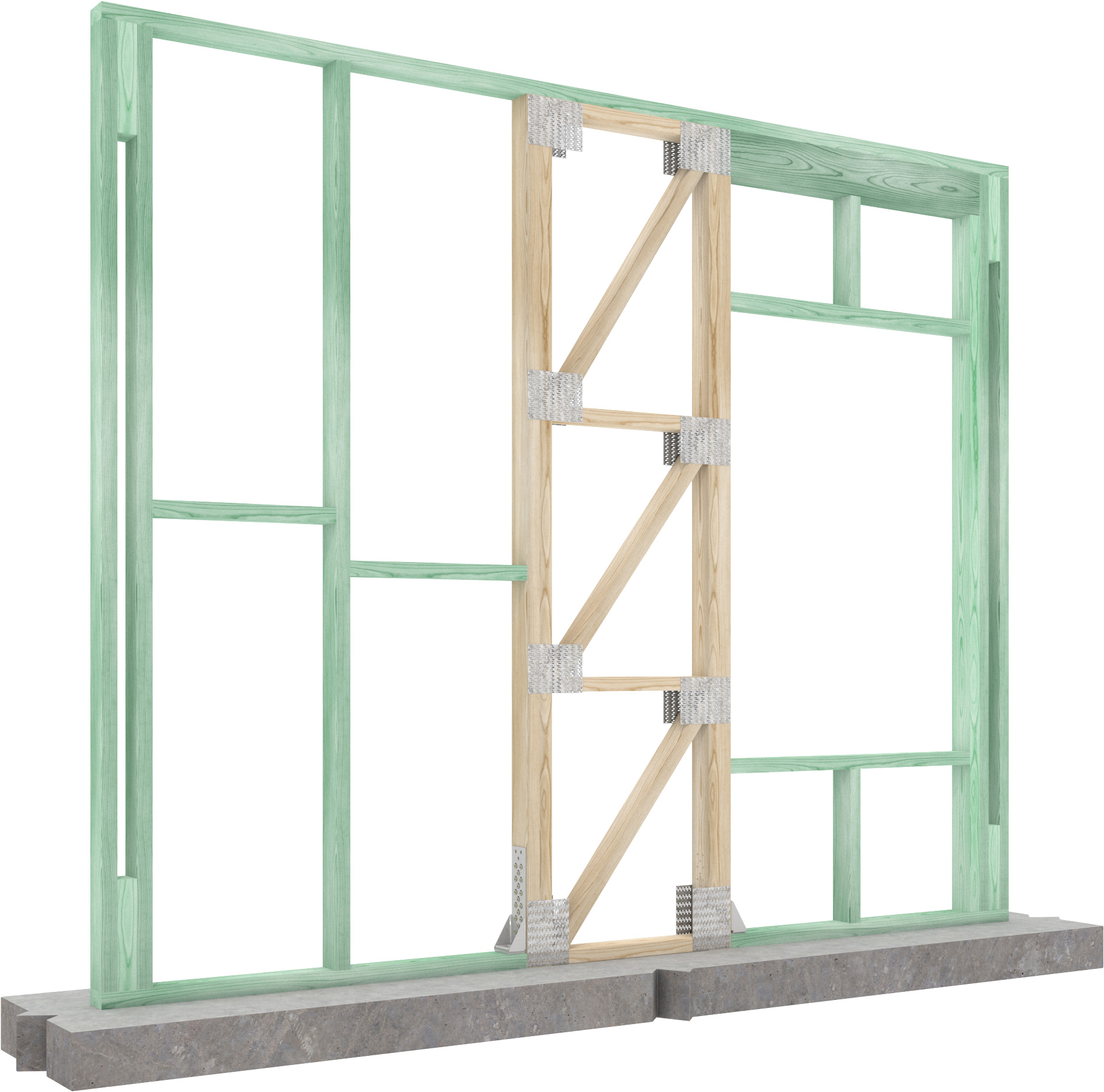
Figure 2: Example of a timber web bracing truss method.
Solid glulam bracing method
This method replaces the timber web bracing truss with a solid section of glulam member (Figure 3). The benefit of this method is that the glulam members can be delivered to the site at nominal lengths and trimmed to fit into the wall frame profile accordingly on site. The bracing and load-bearing capacities are significantly higher than those of the timber-web bracing truss method. Solid glulam bracing can replace steel vertical bracing trusses in most applications.
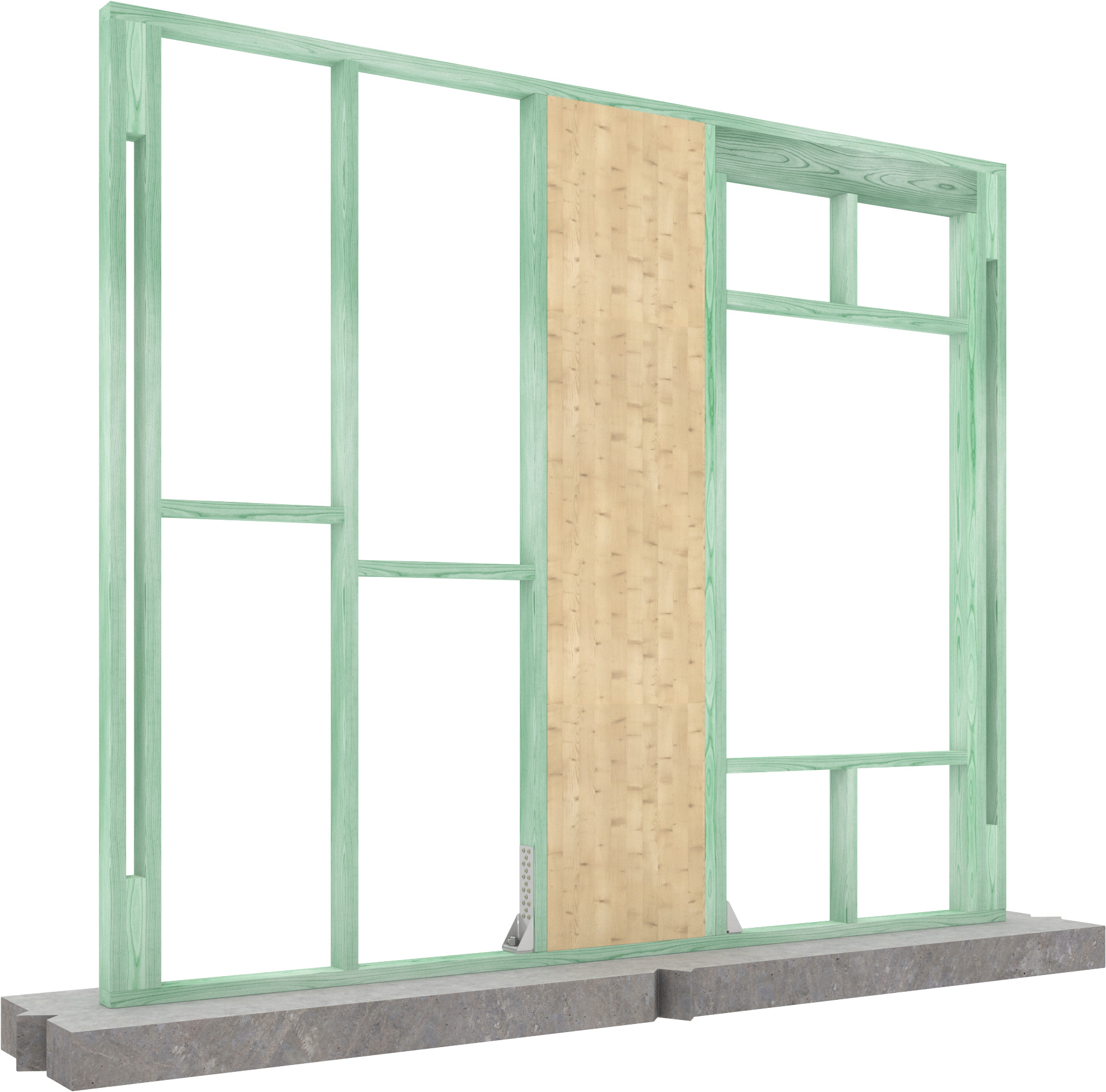
Figure 3: Example of a solid glulam bracing method.
Steel vertical truss method
Similar to the timber web bracing truss method, this approach uses steel members. It is surprisingly to see how frequently steel vertical trusses are being specified in timber-framed structures, despite the availability of timber options from truss and frame fabricators. Steel vertical trusses require precise profile dimensions provided by the fabricators. Once manufactured, minimal on-site modification to the truss profile can be made if errors occur. However, they offer advantages such as easier connections to steel beams above.
Considerations for Short Wall Bracing
It is important to note that above short wall bracing units generally require strong and robust tie-down anchors and brackets on each side to achieve the specified bracing capacity. Deep slab footings, wider edge distances, or other stiffening methods may be required for the tie-down connection of the short wall bracing unit.

Chelsea Cheng
chelsea.cheng@multinail.com
0403 045 225
Let’s Work Together